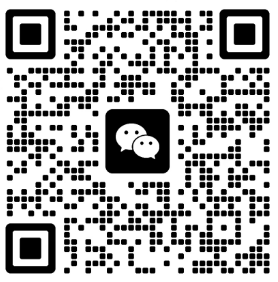Universal testing machine: A core tool for materials performance testing
I. Introduction In the vast field of materials science, accurately understanding material properties is fundamental to developing new materials, optimizing existing materials, and ensuring product quality. The universal testing machine, as a key piece of equipment capable of comprehensively and accurately testing the mechanical properties of materials, acts like a "scout" in the field of materials performance testing, providing crucial data support for researchers and engineers and holding an irreplaceable position in many industries.
2.Definition and Working Principle of Universal Testing Machine
Definition: A universal testing machine, as the name suggests, is a comprehensive testing device capable of performing various mechanical property tests on a variety of materials.
It can apply different forms of force to materials, such as tension, compression, bending, shearing, and torsion. By measuring parameters such as deformation, stress,
and strain under these forces, it can evaluate the material's strength, hardness, elasticity, plasticity, and other mechanical properties.
3.Working Principle The working principle of a universal testing machine is based on fundamental principles of mechanics.
Taking a common electronic universal testing machine as an example, its core components include the main unit, transmission system, force sensor, displacement sensor,
and control system. During testing, the control system sends instructions to the transmission system according to preset test parameters, driving the clamps on the main unit to
apply corresponding forces to the sample. The force sensor measures the magnitude of the force applied to the sample in real time and converts it into an electrical signal,
which is then transmitted to the control system. The displacement sensor measures the deformation of the sample and also feeds it back to the control system as an electrical signal.
The control system processes and analyzes these signals, ultimately obtaining various mechanical property indicators of the material, which are presented in intuitive charts and
data formats.
III. Main Components of a Universal Testing Machine
Main Unit: The main unit is the core structure of the universal testing machine, providing stable support and a force application platform for testing.
It typically consists of a frame, crossbeam, and moving crossbeam. The frame is made of high-strength steel, possessing sufficient rigidity and stability to ensure no deformation
occurs during testing, thus guaranteeing the accuracy of the results. The crossbeam is used to mount fixtures and sensors, while the moving crossbeam moves up and down under
the drive of the transmission system to load the sample.
Transmission System: The transmission system is the power transmission part of the universal testing machine. Its function is to convert the rotational motion of the motor into
linear motion, thereby driving the moving crossbeam to apply force to the sample. Common transmission methods include screw drives and chain drives. Screw drives offer
advantages such as high precision and smooth transmission, and are widely used in high-precision universal testing machines. Chain drives, on the other hand, feature simple
structure and high load-bearing capacity, making them suitable for tests requiring relatively low precision but demanding large loading forces.
Force Sensors
Force sensors are a key component of universal testing machines, and their accuracy directly affects the accuracy of test results.
Force sensors typically operate on the principles of resistance strain gauges or piezoelectric sensors. When a force is applied to the sample,
the force sensor generates a corresponding electrical signal, which is proportional to the applied force. Through calibration and standardization,
this electrical signal can be converted into an accurate force value, thus enabling precise measurement of the force acting on the sample.
Displacement Sensors
Displacement sensors are used to measure the deformation of a sample. Common types include grating displacement sensors and differential transformer displacement sensors.
Grating displacement sensors offer advantages such as high accuracy, high resolution, and a large measurement range, enabling real-time and accurate measurement of minute
deformations in the sample. Differential transformer displacement sensors, on the other hand, feature simple structure and strong anti-interference capabilities, making them
suitable for testing applications with high environmental requirements.


